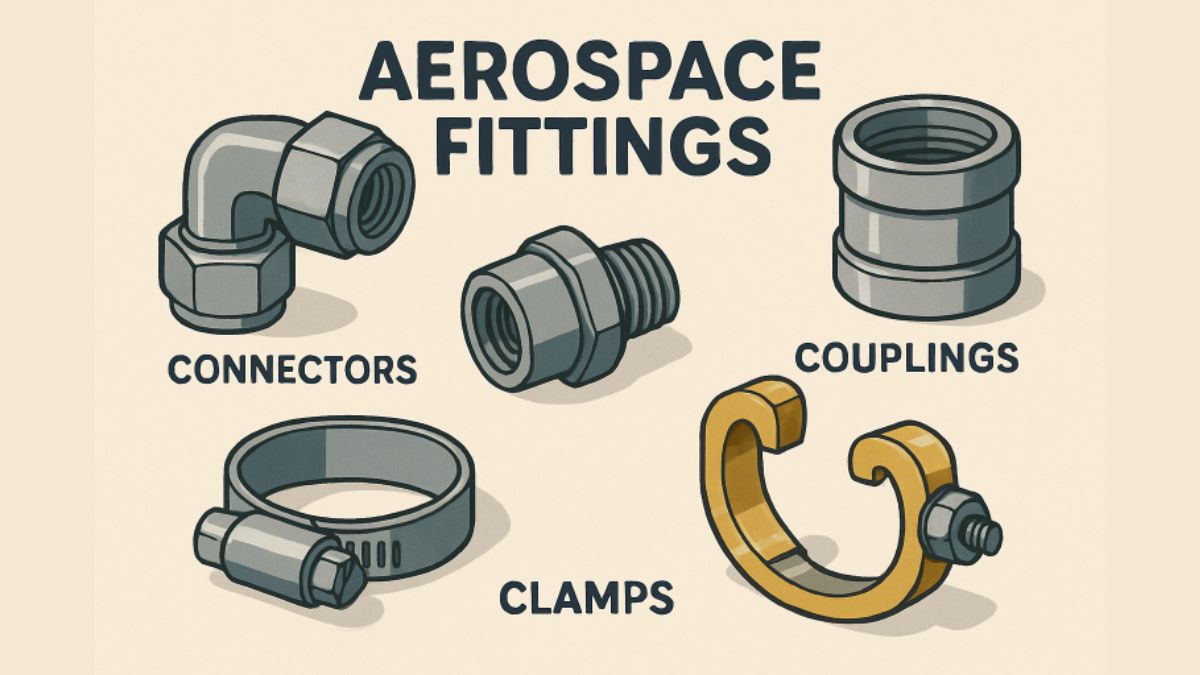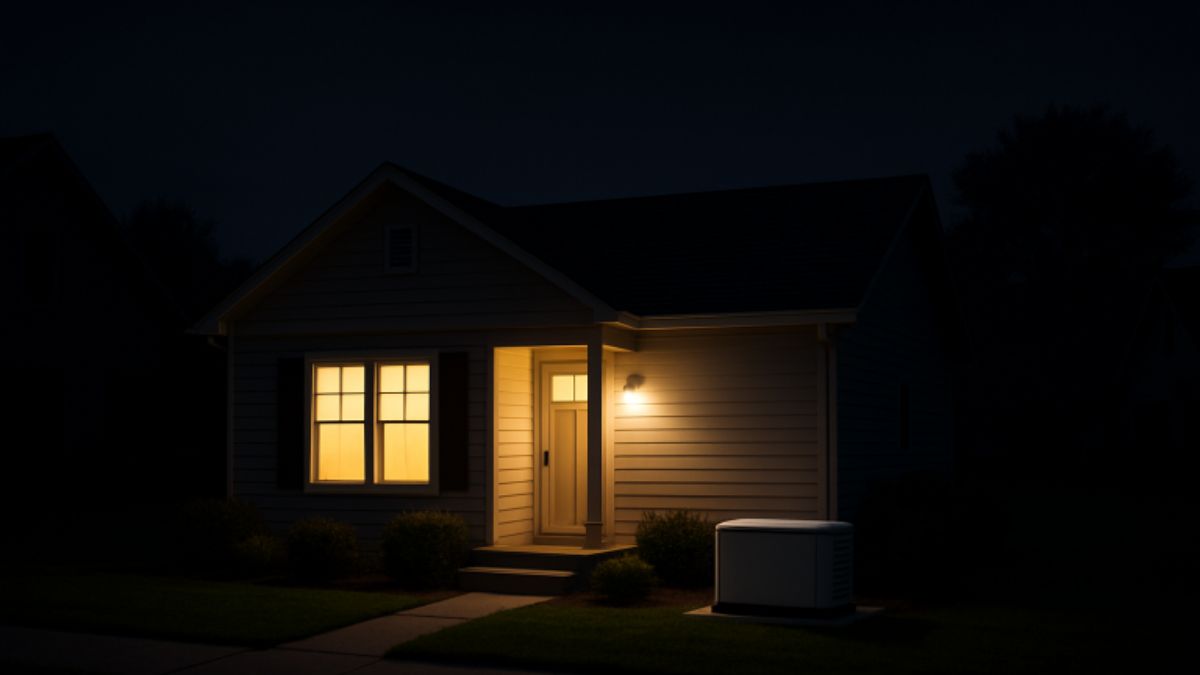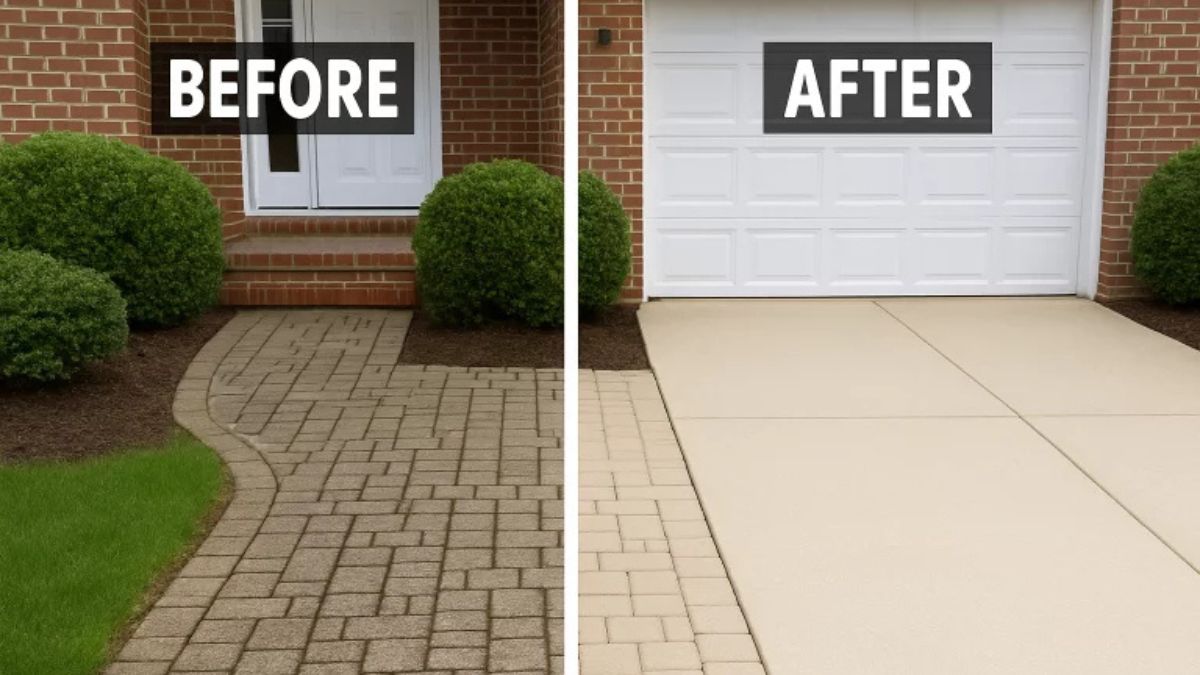TOPIC
Crafting Eye-Catching Large Format Prints for Impactful Visual Communication

Introduction: The Power of Large Format Prints
Large-format prints have become integral to modern marketing and visual communication strategies. These prints, characterized by their expansive size, are pivotal in capturing audiences’ attention in diverse settings, from bustling urban centers to serene art galleries. Their ability to command visual interest and convey compelling messages makes them invaluable tools for commercial and creative endeavors. Businesses and artists can achieve remarkable outcomes by effectively leveraging format printing large formats. But what elements contribute to these prints’ success, ensuring they stand out amidst a sea of visual stimuli?
Achieving excellence in large-format printing requires careful material selection, precise printing techniques, and astute design principles. Each of these components plays an integral role in determining the overall quality and impact of the print. By delving into these aspects, we can unravel the secrets to creating impressive and meaningful large-format prints that resonate with their intended audience.
Understanding Different Types of Printing Materials
The choice of material is one of the most critical decisions when embarking on the journey of large-format printing. The types of materials available each bring distinct characteristics, influencing not only the aesthetic appeal of the print but also its durability and versatility. For instance, paper remains a popular choice for indoor displays due to its affordability and ease of printing. At the same time, vinyl is favored for outdoor applications thanks to its weather-resistant properties. The durability of vinyl ensures that prints can withstand a range of environmental conditions, making them an ideal choice for advertisements and banners displayed externally.
Meanwhile, canvas and fabric are increasingly utilized in artistic contexts. They are prized for their texture and ability to imbue prints with a layer of depth and sophistication. Canvas’s tactile quality makes it an excellent medium for fine art reproductions and high-end photographic displays. Each material selection must be aligned with the specific needs and contexts of the print, balancing cost, appearance, and practical considerations to achieve optimal outcomes.
Techniques for High-Quality Large Format Prints
Printing techniques have evolved significantly, offering many methods to achieve superior results in large-format printing. Solvent printing, for instance, is renowned for its ability to produce vivid colors that capture attention and withstand fading over time. This makes it particularly well-suited for outdoor advertising, where bold visuals are necessary to pique the interest of passersby. On the cutting edge of technology, UV flatbed printing provides the flexibility of printing on virtually any substrate, paving the way for creative exploration and innovation in print media.
This advanced printing method involves using ultraviolet light to cure or dry the ink as it is printed, resulting in exceptionally durable prints that are resistant to scratching and fading. The versatility of UV flatbed printing allows for experimentation with unique materials and unconventional surfaces, enabling designers to push the boundaries of what is possible in print. Mastery of these techniques empowers creators to realize their visions and produce prints that captivate and endure.
Design Principles for Visual Appeal
At the core of every impactful large format print lies thoughtful design, a synergy of aesthetic principles that guide the viewer’s eye and communicate the intended message with clarity and elegance. Balance is crucial, ensuring that elements within the print do not overwhelm one another, while strategic contrast emphasizes key features, drawing attention to focal points. Hierarchical organization helps viewers navigate the content of the print, prioritizing the importance of different elements and guiding them through the narrative being conveyed.
The judicious use of color is another vital consideration, as it can evoke emotional responses and underscore the thematic content of the print. Effective design harmonizes these elements, creating a cohesive and engaging visual experience that intellectually and emotionally appeals to the audience. By adhering to these established design principles, creators can craft large format prints that make a statement and convey their messages with impact and flair.
Audience Consideration and Placement Strategy
Understanding the audience is paramount when planning for the deployment of large-format prints. Determining where and how a print is displayed can dramatically influence its effectiveness, ensuring it reaches and resonates with the intended demographic. For example, high-traffic areas offer unparalleled visibility, making them ideal locations for commercial advertisements seeking to reach a broad audience. Conversely, niche venues might host prints targeted at more specific audiences, leveraging contextual relevance to foster engagement.
Strategic placement is not merely about physical location but also considers the viewer’s experience and interaction with the print. By aligning the content and positioning of prints with audience preferences and viewing habits, creators can enhance engagement, ensuring the print’s message is seen and remembered.
Current Trends in Large-Format Printing
Large-format printing is dynamic, with trends continually emerging and reshaping the landscape. One prominent trend is the shift towards eco-friendly printing practices, driven by a growing environmental consciousness. Sustainable materials and inks offer responsible alternatives without sacrificing quality, appealing to a demographic increasingly concerned with the planet’s well-being. Another exciting development is the integration of interactive elements, such as QR codes and augmented reality (AR) features, which invite viewers to engage with the print in novel and immersive ways.
These innovations create multi-layered experiences that transcend traditional print boundaries, allowing for a seamless blend of physical and digital interactions. By staying attentive to these trends, businesses and artists can infuse their large-format prints with modern relevance and create connections that resonate with contemporary audiences.
Real-Life Examples of Impactful Large Prints
Numerous impactful examples demonstrate the power of large-format prints across various industries and settings. In retail settings, expansive banners announcing sales and promotions effectively draw customers in, transforming storefronts into vibrant canvases of visual appeal. Large prints also enhance the ambiance of public spaces, such as murals that enrich urban landscapes with cultural narratives and community identity.
Events commonly leverage large-format prints to disseminate key information, direct attendees, and augment the thematic ambiance, ensuring an immersive and memorable experience. These applications exemplify the versatility of large-format prints in achieving diverse objectives, from marketing to artistic storytelling, underscoring their enduring significance as a medium of communication.
Conclusion: Maximizing the Effectiveness of Large Format Prints
In conclusion, large-format prints represent a potent medium for capturing attention and conveying impactful messages. By understanding the interplay between materials, techniques, and design principles, creators can craft prints that command visual interest and communicate effectively. Furthermore, consideration of audience dynamics and strategic placement enhances the print’s impact, ensuring it resonates with the intended viewers.
As the industry evolves, staying informed of the latest trends and innovations will equip designers and marketers with the tools to navigate and thrive in a changing landscape. With a comprehensive understanding and thoughtful application, large-format prints will continue to be a formidable force in visual communication, bridging creativity and functionality in compelling ways.
TOPIC
How Aerospace Fittings Drive Safety and Innovation in Modern Aviation

Introduction to Aerospace Fittings
Examining the intricacies of aviation safety and performance reveals that essential components are not always those in the public eye. While engines and airframes often command attention, even less conspicuous parts such as aerospace fittings fundamentally uphold an aircraft’s safety and operational reliability. These connectors, couplings, and clamps work behind the scenes, ensuring that hydraulics, fuel, and avionics remain stable under the demanding forces encountered during flight.
Consistent, uncompromising quality in aerospace fittings isn’t an afterthought—it’s a cornerstone of modern aircraft design. Chemistry, physics, and engineering precision all converge to develop fittings that can withstand rapid pressure changes, vibration, and temperature extremes. Whether for engineers overseeing design or aviation enthusiasts eager to deepen their technical appreciation, understanding these components is central to truly grasping what keeps aircraft safely aloft.
Why Fittings Matter: The Unsung Heroes
The harsh realities of flight—extreme altitudes, fluctuating temperatures, and continual vibration—impose tremendous stress on every part of an aircraft. Though they may appear small, Fittings are lynchpins that keep systems sealed, aligned, and operational. Their failure can have catastrophic effects, as shown in accident investigations where even minor leaks have compromised entire systems. Reinforcing the importance of rigorous fitting standards, a recent industry report emphasized that robust, high-integrity fitting systems are directly linked to reducing system-wide failures and enhancing long-term safety.
Critical Qualities of Aerospace Fittings
Each fitting is engineered with a precise set of qualities in mind. The industry demands manufacturing that utilizes high-grade alloys—like stainless steel, titanium, and sometimes specialty composites—to combat corrosion, fatigue, and thermal expansion. Adherence to global standards, such as those mandated by the SAE and ASTM, is not optional but required. Diverse fitting types—flare, flareless, quick-disconnect—are specified according to each application’s pressure, vibration, and fluid compatibility requirements, reinforcing the necessity for exact engineering and rigorous certification protocols.
Challenges in Maintenance and Replacement
The maintenance of aircraft fittings extends well beyond the adjustment of a wrench. Proper upkeep requires a proactive approach, including scheduled inspections for signs of wear, corrosion, or distortion using advanced methods like dye-penetrant and ultrasonic testing. Maintenance professionals must heed detailed specifications for installation torque and never substitute components with unauthorized alternatives. Recent technical updates from authoritative sources, such as the Federal Aviation Administration, have verified the dangers of shortcutting these processes, ensuring that only qualified and traceable parts are used during overhauls.
Materials and Innovation in Fitting Design
Material science drives continual evolution in the design and application of aircraft fittings. Increasingly, titanium alloys, which marry high strength with low weight, are selected for their superior resistance to fatigue and corrosion. Advanced composite materials and introducing specialized coatings—such as ceramic or nano-structured films—further reinforce performance, protecting fittings from the aggressive effects of temperature changes and corrosive fluids. This innovation cycle promotes safety and helps realize emission reduction goals by supporting lighter and more fuel-efficient aircraft.
Compliance, Traceability, and Data Management
Complete traceability is non-negotiable in aerospace. Each fitting must be documented through a rigorous digital tracking system, from its raw material origin to its eventual installation on an airframe. These quality control processes are strong deterrents against counterfeit or defective components entering the supply chain and facilitate rapid recall or investigation if an incident arises. Leading aerospace manufacturers collaborate closely with aviation authorities to ensure compliance with evolving global standards and audit protocols.
New Demands: Emerging Fuels and Sustainability
The aviation industry’s commitment to reducing its environmental impact drives significant changes in fuel systems and compatible fittings. As aircraft adapt to biofuels, hydrogen, and other alternative energy sources, fittings must be reimagined to handle new chemical compositions and performance demands. This evolution pushes the boundaries of engineering innovation and material compatibility, challenging manufacturers and regulators to collaborate closely on safe, sustainable solutions. Ongoing research, documented extensively in publications like Scientific American, highlights the need for robust and adaptive fitting designs as alternative fuel adoption accelerates.
Looking Ahead: The Future of Fittings in a Changing Industry
Aviation is entering an era of digitalization, new materials, and an unprecedented focus on safety and environmental responsibility. The role of fittings, though humble, will only increase as the complexity of aircraft systems grows and new regulatory mandates take effect worldwide. By prioritizing innovation, exacting technical standards, and ongoing education, stakeholders across the aviation supply chain can ensure fittings continue to underpin flight safety and sustainability. Staying informed through trusted news outlets and industry resources guarantees preparedness for the next generation of challenges and advances in aviation technology.
TOPIC
Choosing The Right Residential Generator For Your Home

Power outages are becoming increasingly common, leaving many homeowners searching for reliable backup solutions. Investing in a residential generator offers not only continuity of essential services like heating, refrigeration, and security, but also the peace of mind that your home is protected when the grid goes down. Understanding how to choose the best generator for your specific needs can be a challenge, so it’s crucial to examine options, features, and installation considerations before making a purchase.
Whether preparing for storm season or planning for unexpected outages, evaluating home generators Great Falls VA will lead you to modern models with advanced features and safe installation services tailored to local requirements. The right selection will ensure your family’s comfort and safety without overextending your budget or energy resources. Choosing the right generator involves selecting the right fuel type and capacity and considering its impact on household energy bills. Today’s units are more efficient and environmentally friendly. Consulting experts and planning carefully, following local regulations for proper maintenance, and understanding lifecycle costs are crucial for long-term savings.
Understanding Your Home’s Power Needs
Calculating wattage is essential for assessing your household’s power needs before buying a generator. It helps determine the total wattage of appliances, lighting, and systems to ensure the generator supports your needs during outages. Overestimating can cause unnecessary costs. Wattage calculators or a qualified electrician can refine your needs. Prioritizing essential circuits like refrigerators, medical equipment, lighting, sump pumps, and heating/cooling makes your generator more compact and cost-effective.
Different Types of Residential Generators
Portable generators are affordable, flexible, and easy to store, making them ideal for powering a few key devices. Standby generators are installed outside the home and can power the entire house automatically during an outage. They have lower upfront costs, limited capacity, and may not power hardwired systems. On the other hand, standby generators automatically restore power, have higher output, and require more investment and professional installation.
Fuel Choices: What’s Best For You?
Generators are typically powered by gasoline, propane, or natural gas. Gasoline is common for portable models but requires regular rotation. Propane offers a cleaner burn and is suitable for intermittent use. Natural gas is preferred for standby systems due to its reliability and connection to a continuous municipal supply. Each fuel type has its cost and environmental implications. Natural gas and propane are cleaner-burning and produce fewer emissions, but may be the only option in rural areas or during fuel shortages. Balancing convenience, cost, and environmental impact is crucial for long-term satisfaction.
Installation: DIY or Professional?
Local building and electrical codes often regulate generator installation, requiring permits and licensed professionals to install standby systems. Adherence to code is crucial for safety and insurance liability. Most generator manufacturers require professional installation to validate warranties, ensuring proper placement, secure connections, and compliance with local ordinances. Incorrect DIY installation can void warranties, pose fire risks, and cause carbon monoxide hazards.
Key Features To Look For
Automatic standby generators detect outages with sensors to start quickly, unlike manual-start models that need presence, which isn’t always feasible during emergencies. Transfer switches connect the generator to the home, preventing backfeeding and protecting utility workers. Some units feature Wi-Fi monitoring. Noise and emission ratings matter, especially near neighbors or in regulated neighborhoods. Choose low-emission, EPA-certified engines and consider your household’s needs when selecting a generator.
Routine Maintenance and Troubleshooting
Regular preventative maintenance, such as oil changes, fuel stabilizer use, battery testing, air filter replacement, and exercise runs, extends the life and reliability of your generator. Follow the manufacturer’s instructions for servicing intervals. Check for dead batteries, old fuel, clogged filters, or tripped circuit breakers if your generator won’t start. Keep your maintenance log updated to diagnose and prevent future problems.
Cost, Warranty, and Long-Term Value
Standby generators can increase home value and protect lost food, frozen pipes, or missed work, while portable generators offer short-term savings but may result in higher long-term maintenance and fuel costs. Reputable brands offer warranties ranging from 3 to 10 years, covering both parts and labor. Read the fine print and maintain maintenance records to ensure coverage.
Conclusion
Choosing the right home generator requires understanding your power needs, fuel options, installation, and maintenance. Balancing cost, capacity, and reliability ensures safety and function during outages. Professional guidance, upkeep, and warranties enhance long-term value. A good generator offers backup power and peace of mind, protecting your home and family.
TOPIC
How Pressure Washing Boosts Curb Appeal Instantly

Introduction
In today’s competitive real estate market, achieving striking curb appeal is more important than ever. The visual impression your home makes at first glance plays a pivotal role, whether you’re aiming to attract buyers or wish to create a welcoming atmosphere that fills you with pride. The appearance of your exterior spaces—from walkways to siding and outdoor living areas—often sets the tone for expectations before a guest, neighbor, or prospective buyer even crosses your threshold. Professional pressure washing is one of the fastest, most dramatic, and cost-effective methods to restore your home’s facade. By applying top-quality products and pressure lift Masport vacuum pump oil, homeowners can ensure their equipment performs optimally and that pristine results last for the long term.
Pressure washing far surpasses the cleaning power of regular hoses or manual scrubbing. With powerful, controlled jets of water, years of unsightly dirt, algae, mold, and environmental grime can be lifted away within moments, revealing the true beauty beneath on surfaces such as driveways, walkways, walls, and patios. This comprehensive guide unpacks why pressure washing is an optimal investment, offering instant visual transformation and lasting value to homeowners who want to make their homes stand out in any neighborhood.
Understanding Curb Appeal
Curb appeal encompasses your property’s overall visual attractiveness and charm as it appears from the street. It’s your first impression—an immediate assessment made by everyone, from prospective buyers to daily passersby. Well-maintained curb appeal typically correlates with increased home values, easier resale, and a sense of neighborhood pride. In the real estate world, that first impression can often decide whether potential buyers feel compelled to request a viewing or even place an offer.
Homes with high curb appeal often receive more foot traffic from buyers, attract higher offers, and can even sell faster than those in the same price range that show neglect. Conversely, an exterior marred by dirt, mildew, or faded surfaces may signal to buyers that the property, while possibly sound inside, isn’t cared for attentively. A clean, welcoming exterior reassures anyone approaching your door that your property is well-maintained, setting the stage for positive expectations before one ever sees the interior.
The Science Behind Pressure Washing
Pressure washing harnesses a straightforward yet exceptionally effective concept: water accelerated at high pressure is used to blast contaminants from surfaces. Unlike traditional cleaning that often requires backbreaking scrubbing and reliance on chemicals, pressure washing takes cleaning efficiency to a new level while drastically reducing physical effort and chemical runoff. With proper technique and the right equipment, pressure washing can completely transform grimy, weathered exteriors into inviting, radiant spaces within hours.
The technology behind pressure washing is particularly useful in eliminating persistent stuff like moss, algae, lichen, and years’ worth of built-up mold. Beyond restoring a home’s brilliant exterior, such power washing also helps preserve the integrity of building materials, preventing structural decay that develops if these growths are unchecked.
Benefits Over Traditional Cleaning
- Provides deep cleaning for areas that are difficult or impossible to reach by hand
- Significantly reduces the requirement for harsh or environmentally harmful chemicals
- Saves considerable amounts of time, energy, and even water compared to manual scrubbing methods
- Delivers consistent results, ensuring your entire exterior looks uniformly refreshed
Key Areas to Pressure Wash for Maximum Impact
Certain parts of your home’s exterior are especially prone to grime accumulation and should be prioritized during your pressure washing regimen for the best boost in curb appeal.
Driveways and Walkways
Driveways and walkways bear the brunt of daily use—stains from vehicles, foot traffic, and the constant bombardment of the elements can lead to discoloration, oil stains, rust, and deeply embedded dirt. Pressure washing these surfaces removes unsightly blemishes and instantly brightens the entire entryway, giving your property a polished and well-groomed appearance.
Exterior Walls and Siding
Siding, whether vinyl, wood, brick, or stucco, naturally collects dust, pollen, and the residue of rain and wind over time. This accumulation can dull exterior colors and may even grow mold and mildew. Regular pressure washing refreshes siding surfaces, keeps paint looking new, and can extend the lifespan of exterior finishes and paint jobs by removing these damaging contaminants before they cause lasting harm.
Decks and Patios
Outdoor living areas such as decks and patios can quickly become dirty, slippery, or stained due to algae, moss, and mildew growth, especially in shaded or damp areas. Pressure washing restores the look and safety of these spaces, reviving the color and texture of wood or composite decks and patios and preventing slipping hazards. Guests and family members alike will appreciate the clean, welcoming environment for gatherings and relaxation.
Fences and Gates
Fences help define property boundaries and frame the landscape, but they’re often overlooked. Whether wood or metal, fences face constant exposure to the elements and accumulate grime, old paint, and organic buildup. Pressure washing these areas helps strip away layers of dirt and oxidation, dramatically improving appearance, helping to prevent premature rot or rust, and prolonging the useful life of your fencing investment.
Safety Considerations and Best Practices
Pressure washing is highly effective—but only when used with knowledge and care. The force involved is powerful enough to cause unintended damage if settings are misapplied, especially on softer surfaces like wood, vinyl, or painted finishes. Here’s how to ensure safe and effective cleaning every time:
- Always check and select the correct pressure setting and nozzle for the cleaned material—higher isn’t always better.
- To prevent chemical or spray damage, protect surrounding plants and landscaping by covering or saturating them with water before washing.
- While operating a pressure washer, follow equipment instructions, use manufacturer-recommended products, and wear safety gear like gloves, boots, and protective glasses.
- If the job feels overwhelming or concerns for surface sensitivity arise, enlisting a professional service guarantees expert handling and optimal curb appeal improvements with no risk to your investment.
Conclusion
Pressure washing is a quick, cost-effective, and highly impactful way to enhance your home’s curb appeal. From reviving driveways and walkways to brightening decks, patios, and fences, it reveals the vibrant features that might otherwise be hidden beneath years of accumulation. Whether you’re preparing to sell or wish to enjoy a renewed sense of pride in your property, investing in pressure washing through professionals ensures dramatic, lasting improvements. Savvy homeowners know that a spotless exterior is more than just an aesthetic upgrade; it is a strategic move to maintain and increase property value for years to come.
-

 TOPIC11 months ago
TOPIC11 months agoExploring Fappelo: The Rise of a Unique Online Community
-

 TECHNOLOGY11 months ago
TECHNOLOGY11 months agoExploring the Impact of Shannon Swanick TPO on Modern Blogging
-

 CRYPTO1 year ago
CRYPTO1 year agoUnderstanding the Landscape of Crypto30x.com regulation: What You Need to Know
-

 TOPIC11 months ago
TOPIC11 months agoThe Art of Expression: Analyzing Puppygirlxd Most Iconic Creations
-

 CRYPTO1 year ago
CRYPTO1 year agoExploring the Benefits of Using Biitland.com Stablecoins
-

 TOPIC11 months ago
TOPIC11 months agoTop 5 Myths About Hypackel Debunked!
-

 HEALTH10 months ago
HEALTH10 months agoTop 5 Benefits of Using a Mansrufer for Your Daily Routine
-

 BUSINESS12 months ago
BUSINESS12 months agoHow Legal Insights Can Streamline Business Operations
